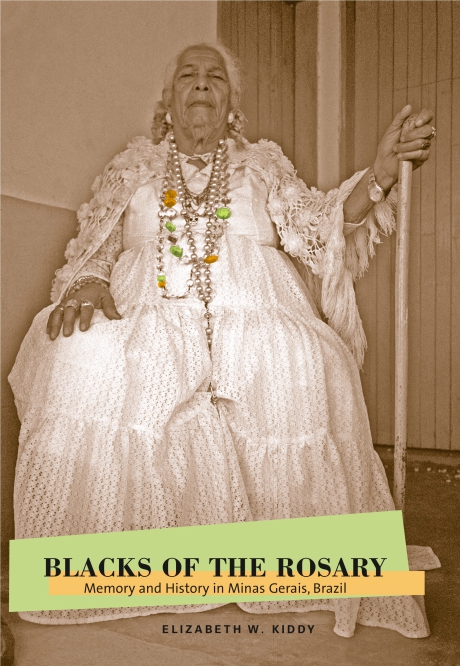Deconstructing a Manumission Document: Mary Stafford’s Free PaperPosted in Articles, History, Law, Media Archive, Slavery, United States, Women on 2012-04-30 23:21Z by Steven |
Deconstructing a Manumission Document: Mary Stafford’s Free Paper
The Georgia Historical Quarterly
Volume 89, Number 3 (Fall 2005)
pages 285-317
Mary R. Bullard
This article examines the manumission document of Mary Stafford. In early nineteenth-century Georgia, manumitting one’s slave property was a personal matter loosely regulated by the state. In exchange for a one dollar token sum, Robert Stafford conveyed to Belton Copp and his heirs a piece of real estate in downtown Norwich, Connecticut, to be held in trust for Armand, Robert, and Mary. If these legatees died without legitimate heirs, then Stafford’s estate was to comply with Georgia law and go to his heirs-at-law equally, meaning his white niece and nephews, children of his two sisters, who resided in Georgia.
In early nineteenth-century Georgia, manumitting one’s slave property was a personal matter loosely regulated by the state. Bonds of affection between slaveowners and their housekeepers or mistresses were by no means unusual, and manumission was sometimes the reward for faithful service. Reversing an earlier trend, however, by the 1820s manumission became illegal in Georgia unless followed by immediate expulsion of the enfranchised from the state. A slaveowner’s personal ability to manumit had been proscribed as early as 1801, and owners attempting to “free negro slaves, mulatto, mustizo, or any other persons . . . of color” deemed slaves, had been wrarned that the only way to do so was to apply to the legislature. The individual runaway raised ominous images of thievery and rebellion. Nonetheless, fugitive slaves managed to make their way to areas in free states, where they found work, hopeful that former owners would not find them. As the…



